Follow·
Click the blue text to follow us
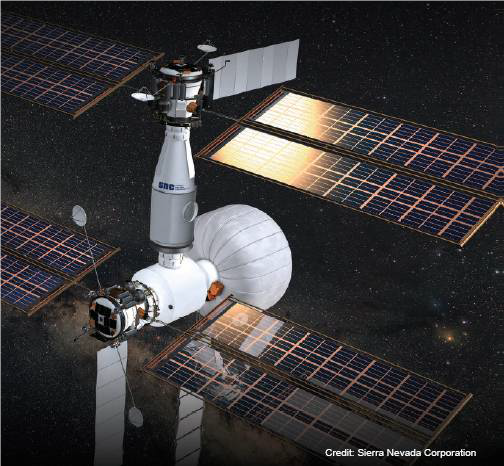
(Figure: Design of the Lunar Orbital Space Station by Sierra Nevada Corporation)

LUNA is collaborating with NASA, Sierra Nevada Corporation (SNC), and ILC Dover on a research project to develop structural health monitoring methods for inflatable habitats in space using innovative high spatial resolution fiber optic sensing (HD-FOS) technology. As part of NASA’s “Moon to Mars” exploration program, the project team, composed of industry-leading partners, will study how to build inflatable structures in space and successfully deploy them in orbit. This project, advocated by NASA, aims to send humans into deep space to explore the unknown and seek opportunities for scientific and commercial activities on the Moon.


The inflatable habitat can effectively alleviate weight and cost limitations, making it suitable for space applications, but it also faces the challenge of reliably monitoring structural health, which is crucial for astronaut safety. Ohanian explains, “Placing sensors in highly flexible materials is very challenging, as traditional methods cannot be used to measure strain. The traditional approach is to fix sensors to rigid structures, but installing them in such flexible fabric structures is difficult, posing challenges for collecting effective data and early warning of potential failures.”
This inflatable structure is susceptible to creep and micrometeoroid impacts in space. Creep refers to the phenomenon where solid materials experience an increase in strain over time while maintaining constant stress; micrometeoroids are tiny rock particles in space that can cause wear or puncture the fabric used in inflatable structures. Both hazards can jeopardize astronaut safety. In the face of failure risks, maximizing safety and stability is of utmost urgency.


LUNA has proposed a targeted structural health monitoring (SHM) scheme: embedding sensors in flexible fabric materials instead of using external sensors (see Figure 2). Ohanian states, “For embedded sensors, we have come up with various innovative methods based on LUNA’s high-level sensing technology to provide strong assurance for addressing the high-risk challenges faced by inflatable habitats in space.”
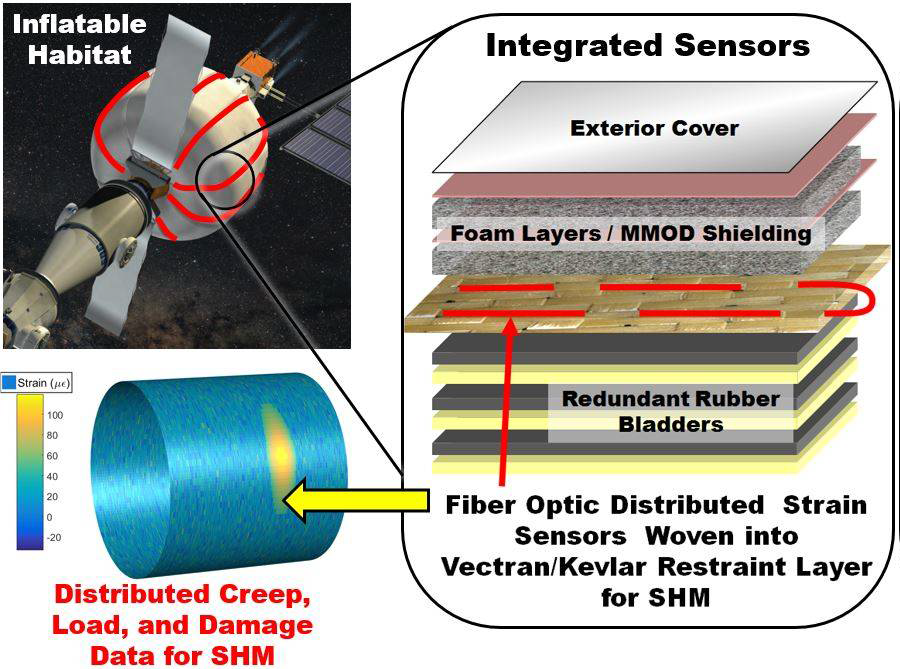
Figure 2: Embedded sensors deployed in the SHM of space inflatable habitats
LUNA provides unprecedented data quality for real-time and long-term monitoring of inflatable material structures by embedding sensors in the fabric of inflatable habitats. With the successful performance of this technology in a series of laboratory simulation tests, creep tests, and simulated micrometeoroid impact tests, this innovative approach has been validated and elevated to a new level. A current NASA project is conducting ground tests where sensors are deployed at a 1/3 scale in a more space-like real environment and material structure to verify their testing effectiveness. If successful, this will be used for future space mission inflatable habitat structural health monitoring, such as the Lunar Orbital Space Station and even Mars mission transit and orbital habitats.
John Ohanian presented a paper containing technical details of this project at the recent ASCEND 2020 conference, which is hosted by the American Institute of Aeronautics and Astronautics (AIAA) to explore space science and technology.
We invite you to watch a recorded video of John Ohanian’s presentation titled “Structural Health Monitoring of Space Inflatable Habitats” at the ASCEND 2020 conference to learn more about this technology.



About GTL Technology & Service Co. Ltd
Founded in 2015, GTL is a high-tech enterprise integrating sales and testing services of fiber optic communication testing equipment, polarization testing instruments and devices, and fiber optic sensing equipment. Its products are applied in various fields including silicon photonics technology, microwave photonics, optical device/module production testing, composite material structure testing, new energy technology, and structural health monitoring. As the designated agent and technical service center for LUNA in the Asia-Pacific region, GTL provides advanced testing instruments such as distributed fiber optic sensing equipment, fiber Bragg grating demodulators, optical vector analyzers, backlight reflectometers, polarization measurement and control, tunable filters, swept laser sources, corrosion sensors, fiber optic sensors, delay lines, and is committed to providing professional testing technical services and complete application solutions for customers in the optical communication and fiber optic sensing fields. Currently, GTL has established close cooperation with many domestic universities, research institutes, and production units, adhering to the principles of win-win, integrity, and excellence, and sincerely serving customers.
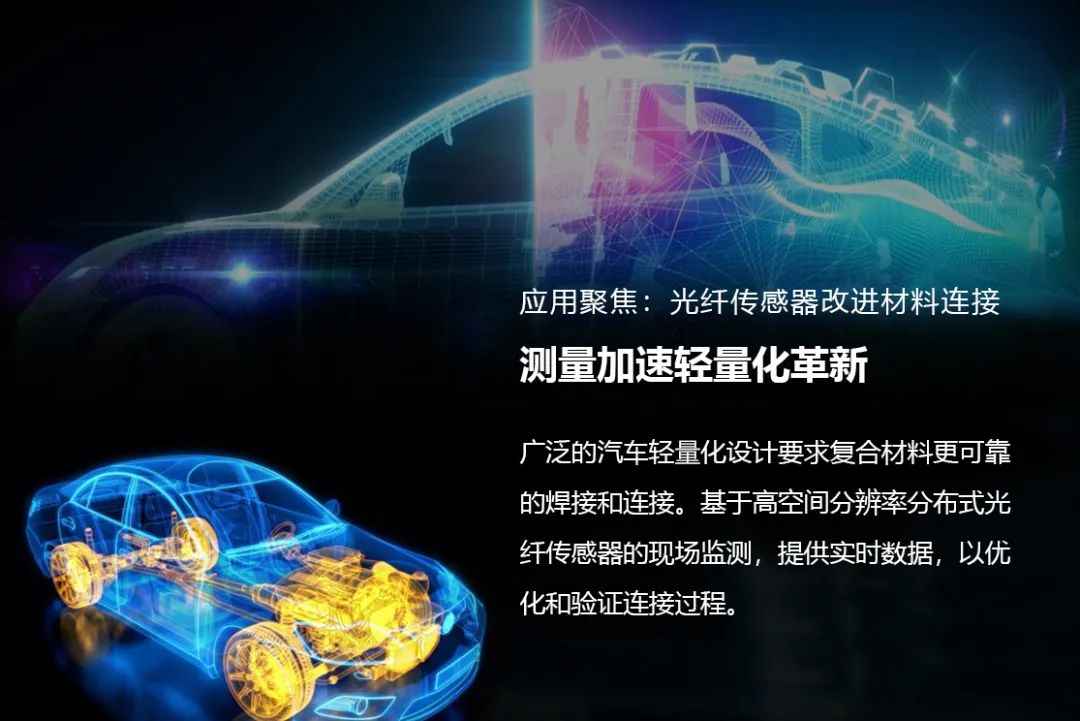
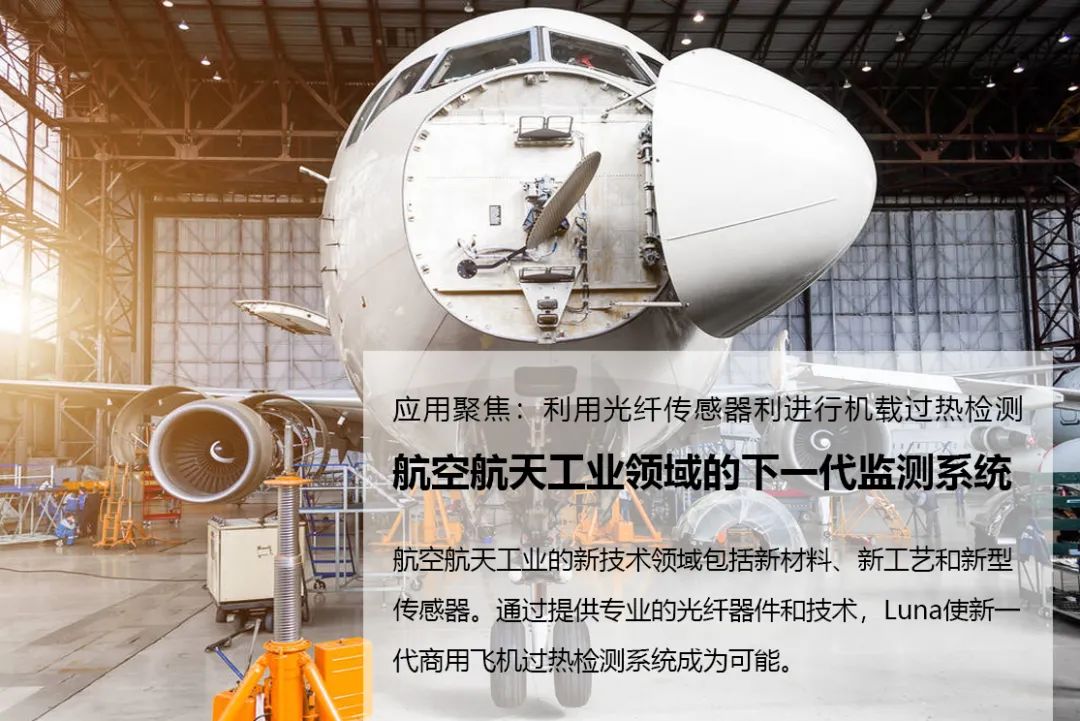
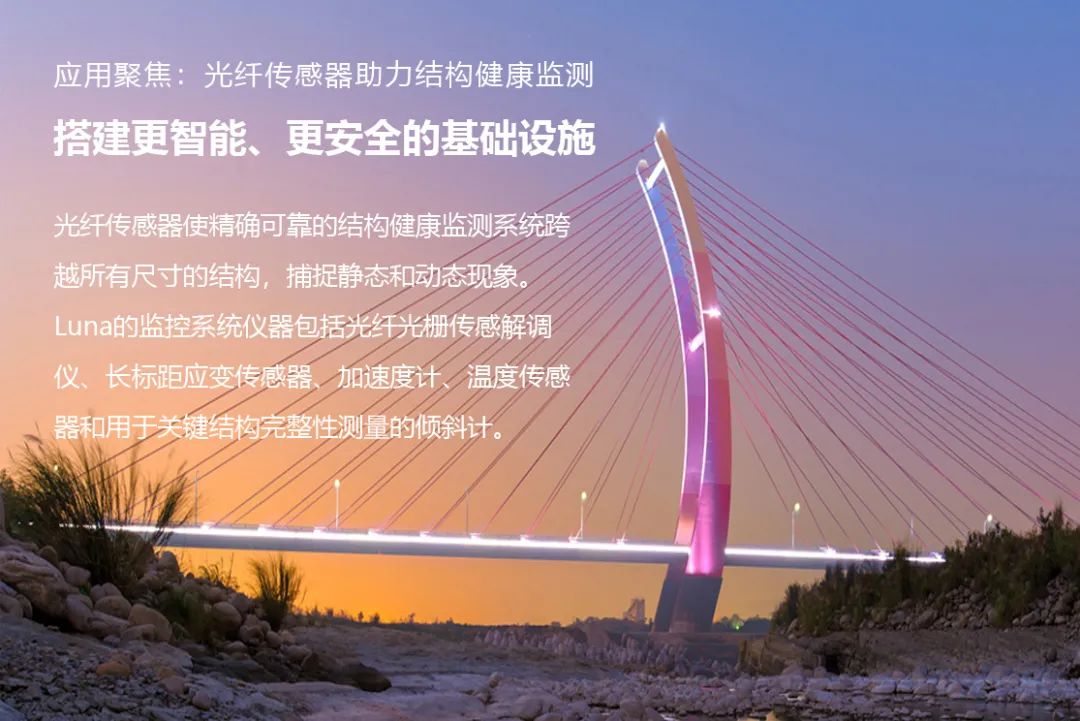
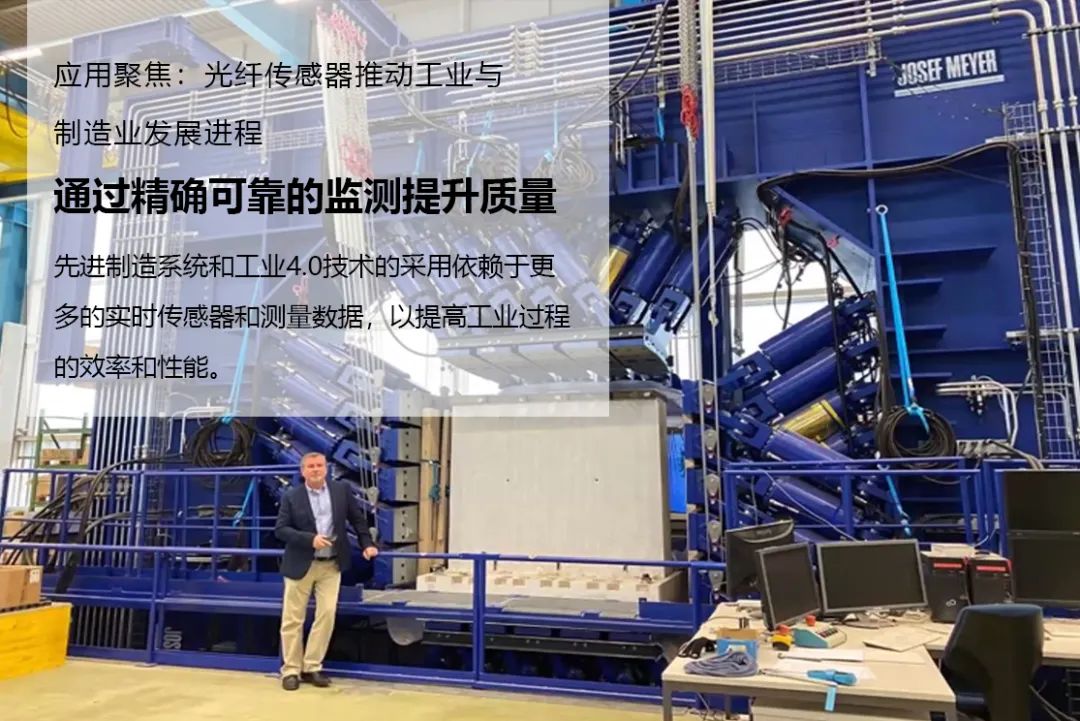
Figure|Applications

GTL Technology & Service Co., Ltd

Scan to follow us
Contact Us
86-20-83981037
www.gtlsvc.com